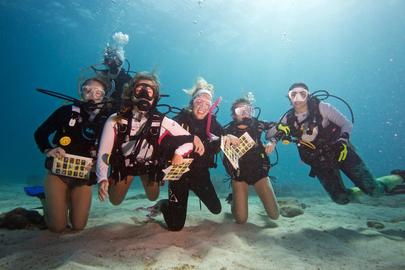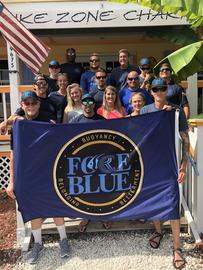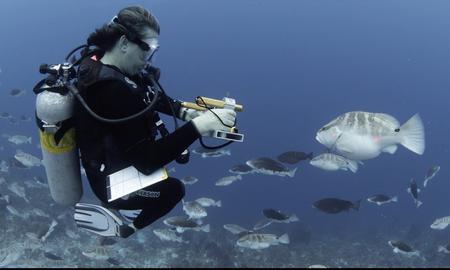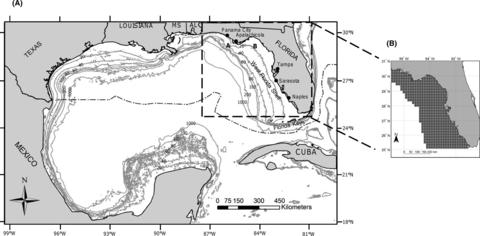We’re excited to introduce REEF’s new Marine Conservation Interns for the Fall 2018 semester. These four individuals will support the REEF team in mission-oriented tasks and daily office operations, as well as assist in the Upper Keys Lionfish Derby and REEF’s biggest event of the year, REEF Fest. They will also have opportunities to scuba dive, conduct fish surveys, and volunteer with environmental organizations in South Florida and the Florida Keys. This semester’s interns bring diverse skills and interests to REEF. They include:
We are all connected to REEF for one reason or another, either we care for marine conservation or are avid divers who want to see our beloved coral reefs and fish species. However, it is difficult to imagine how life-changing diving and conservation work can be until you have heard it from the prospective of a special operations combat veteran. Last month, REEF was privileged to work closely with Force Blue Team 2 during their recent deployment in the Florida Keys.
Come celebrate the impact and success of marine conservation and education initiatives in the Florida Keys. REEF Fest eents include educational seminars, social gatherings, diving and eco-adventures alongside some of the most prestigious names in diving and marine conservation. All REEF Fest events are open to the public but pre-registration is requested, and tickets are required for the Saturday banquet.
REEF’s Grouper Moon Project, ongoing since 2001, was recently featured in Scientific American as a model for natural resource science. The project is a powerful collaboration between scientists at REEF, Cayman Islands Department of Environment, Scripps Institution of Oceanography, and Oregon State University, with input from Caymanian fishermen and support by local businesses. The work has connected cutting-edge science with the real-world need for understanding and protecting Nassau Grouper and their spawning aggregations.
REEF members are at the heart of our grassroots marine conservation programs. More than 70,000 divers, snorkelers, students, and armchair naturalists stand behind our mission.
This month we highlight Hideko Kawabata, REEF member since 2007. Hideko has conducted 159 REEF surveys, and has been on many REEF Trips to the Caribbean, Hawaii, and Indo-Pacific. She is a Level 3 TWA surveyor. Here's what she had to say about REEF:
How did you first learn about REEF?
To commemorate 25 years of REEF’s Volunteer Fish Survey Project, a group of volunteer citizen scientist divers joined REEF staff and interns, along with co-founder Paul Humann, for a special 25th anniversary Field Survey Trip in Key Largo, Florida, last month. Key Largo is home to REEF Headquarters and was also the location for the very first REEF Field Survey Trip, held in July 1993. The attendees on the 2018 trip surveyed the same sites visited by participants on the 1993 Field Survey, to observe how fish populations have changed over past 25 years.
REEF's Volunteer Fish Survey Project dataset was one of 73 fish and invertebrate monitoring programs that were systematically cataloged and evaluated as part of a mulit-year study funded by the National Oceanic and Atmospheric Administration (NOAA) RESTORE Act Science Program. The effort was led by Arnaud Gruss from the University of Miami, and involved dozens of collaborators, including REEF's Director of Science, Christy Pattengill-Semmens.
Statistical habitat models, such as generalized linear models (GLMs) and generalized additive models (GAMs), are key tools for assisting Ecosystem-based Fisheries Management (EBFM) efforts. These models can be used to map species distributions and assist in marine protected area (MPA) planning.






